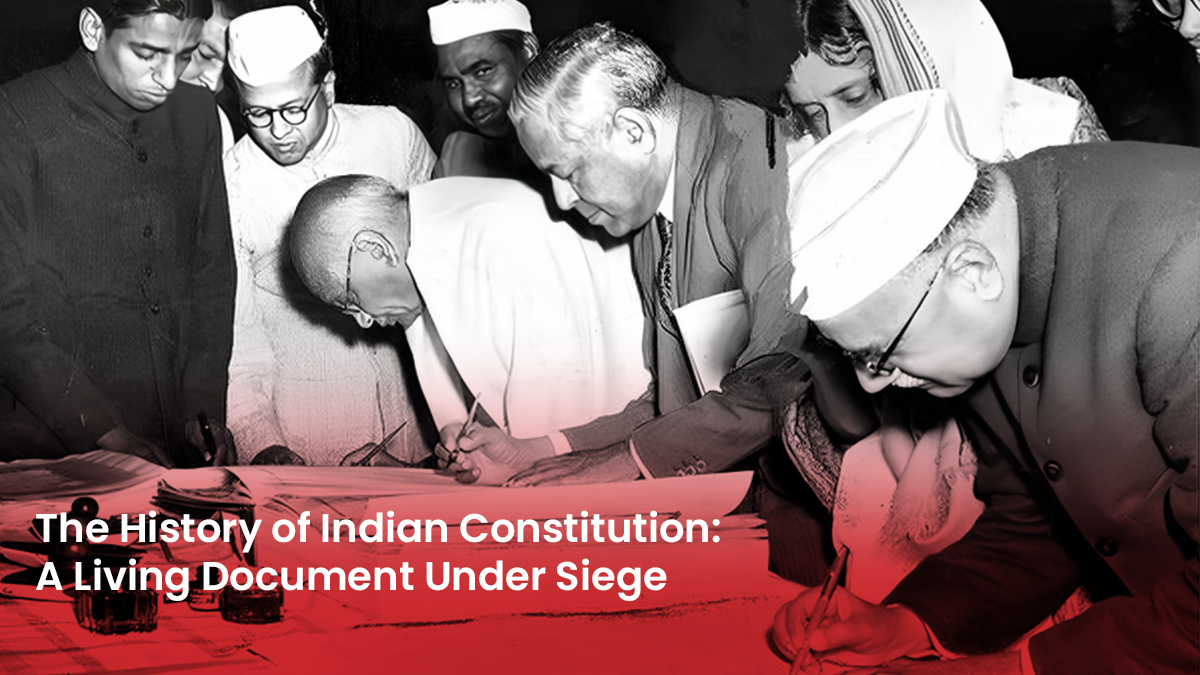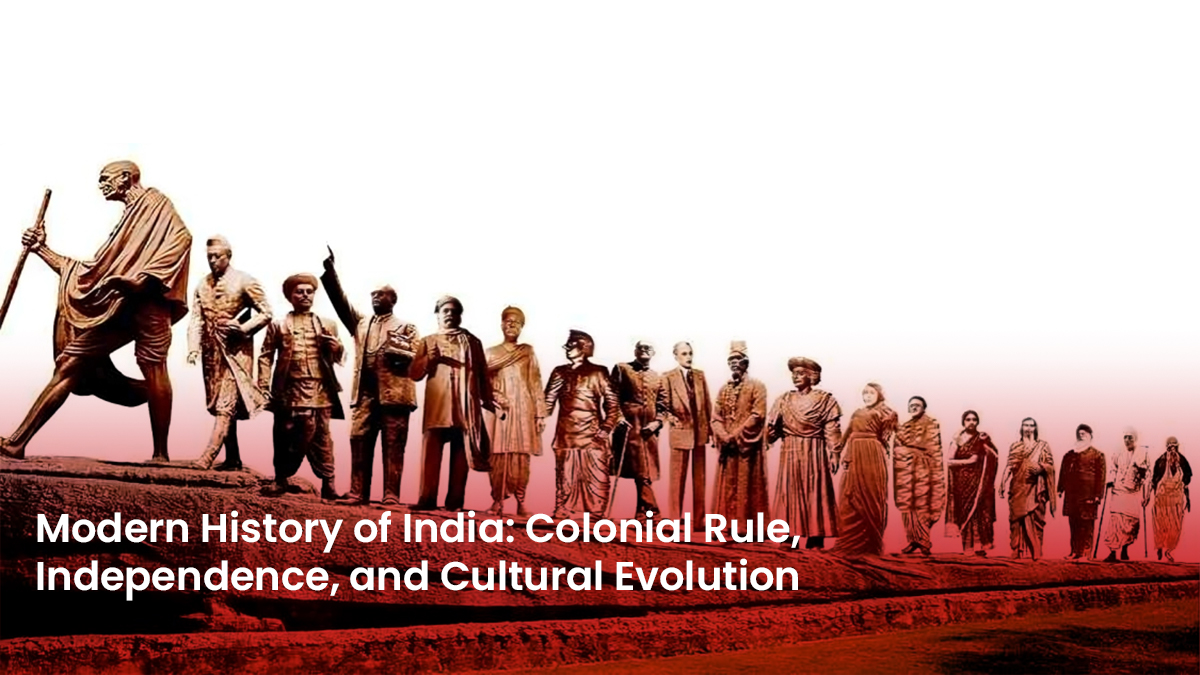India, a land of diversity and democracy, has continually shaped its policies to reflect evolving socio-political realities. One such legislative milestone is the Citizenship Amendment Act (CAA), enacted in December 2019. Known formally as the Citizenship Amendment Act, the CAA amended the Citizenship Act of 1955, fundamentally changing the criteria for acquiring Indian citizenship.
This blog provides a comprehensive guide to the CAA full form, its historical evolution, key provisions, socio-political ramifications, and frequently asked questions like what is the full form of CAA, what is the Citizenship Amendment Act, and how many times has the Citizenship Act been amended.
By the end of this blog, you’ll have a complete understanding of the Indian Citizenship Amendment Act, its controversies, and its broader implications for the nation.
What is the full form of CAA?
The acronym CAA stands for the Citizenship Amendment Act. Enacted by the Indian Parliament, the CAA provides a simplified pathway to citizenship for specific persecuted religious minorities from Afghanistan, Bangladesh, and Pakistan.
It specifically benefits individuals from six religious communities—Hindus, Sikhs, Buddhists, Jains, Parsis, and Christians—provided they entered India on or before December 31, 2014.
While this seems like a humanitarian step, the exclusion of Muslims from the eligible categories has made the CAA one of the most hotly debated laws in India’s legislative history.
Historical context: India’s journey with citizenship laws
To fully grasp the CAA, it’s essential to understand the historical evolution of India’s citizenship laws. Post-independence, the Constitution of India laid the foundation for Indian citizenship, which was formalized through the Citizenship Act of 1955. This Act defined citizenship acquisition through five primary means:
- By birth: Citizenship granted to individuals born in India under specific conditions
- By descent: Individuals born outside India to Indian parents
- By registration: Applicable to specific groups, such as Persons of Indian Origin (PIOs) and spouses of Indian citizens
- By naturalization: Foreigners who meet specific residence and other qualifications
- By incorporation of territory: When a foreign territory becomes part of India, its residents are granted Indian citizenship
Since 1955, between 1986 and 2029, the Citizenship Act has been amended six times, with the latest amendment of the Citizenship Act in 2019 being the most controversial.
Key amendments to the Citizenship Act
Over the decades, India has amended its citizenship laws to address emerging challenges. Here’s a timeline of the major amendments made to the Citizenship Act:
|
Year |
Key changes |
|
1986 |
Citizenship by birth narrowed to require at least one parent to be an Indian citizen |
| 1992 |
Expanded citizenship by descent provisions |
|
2003 |
Introduced the National Register of Citizens (NRC) and the Overseas Citizen of India (OCI) scheme |
| 2005 |
Further expanded OCI eligibility |
|
2015 |
Merged OCI and PIO schemes to simplify processes for the Indian diaspora |
| 2019 |
Enacted the Citizenship Amendment Act, focusing on persecuted minorities |
The CAA Amendment Act stands out as the first amendment to explicitly use religion as a criterion for citizenship eligibility, marking a departure from India’s secular framework.
Key provisions of the Citizenship Amendment Act
The Citizenship Amendment Act of India introduced several significant changes to the existing law. Its core provisions are as follows:
1. Eligibility criteria based on religion
The CAA provides a pathway to Indian citizenship for persecuted minorities from Afghanistan, Bangladesh, and Pakistan, specifically benefiting Hindus, Sikhs, Buddhists, Jains, Parsis, and Christians.
2. Exclusion of Muslims
Muslims fleeing persecution in the same countries are excluded, sparking concerns about the Act’s discriminatory nature.
3. Residency requirement reduced
The residency requirement for eligible migrants is reduced from 11 years to 5 years, enabling faster access to citizenship.
4. Regional exemptions
The Act excludes areas governed by the Sixth Schedule of the Constitution (tribal areas in Assam, Meghalaya, Tripura, and Mizoram) and states under the Inner Line Permit (ILP) system (Arunachal Pradesh, Nagaland, Mizoram).
Socio-political impact of the CAA
The CAA amendment act has triggered far-reaching socio-political consequences as below:
1. Debate on secularism
Critics argue that the Act violates Article 14 of the Indian Constitution, which guarantees equality before the law. By excluding Muslims, the CAA is perceived as discriminatory and undermining India’s secular ethos.
2. Protests across the nation
The CAA ignited widespread protests, particularly in Assam, West Bengal, and Delhi. Protesters voiced concerns about the Act’s impact on cultural identity and its potential link with the National Register of Citizens (NRC).
3. Impact on Assam and Northeast India
In Assam, the CAA has heightened fears of demographic shifts and resource strain. The Assamese population worries about losing their cultural identity due to the influx of migrants legitimized by the CAA.
4. Global reactions
The CAA has drawn criticism from international human rights organizations like Amnesty International and Human Rights Watch, which have raised concerns about its discriminatory nature.
Conclusion
The Citizenship Amendment Act is a landmark law with significant humanitarian and political implications. While it seeks to address the plight of persecuted minorities, its exclusionary provisions have sparked widespread debates about equality, secularism, and social justice.
As India navigates the challenges posed by the CAA, it must carefully balance its humanitarian goals with constitutional principles. The ongoing debates and protests surrounding the Act underscore the complexities of policymaking in a diverse democracy.
FAQs
1. What is the Citizenship Amendment Act (CAA)?
The CAA is a 2019 amendment to the Citizenship Act, of 1955, aimed at granting citizenship to persecuted minorities from Afghanistan, Bangladesh, and Pakistan.
2. What is the full form of CAA?
The full form of CAA is the Citizenship Amendment Act.
3. How many times has the Citizenship Act been amended?
The Citizenship Act has been amended six times, with the latest amendment being the CAA in 2019.
4. Why is the CAA controversial?
The CAA is controversial due to its exclusion of Muslims and its perceived departure from India’s secular principles.
5. Does the CAA affect Indian citizens?
The CAA does not affect existing Indian citizens but applies to certain groups of migrants.

























